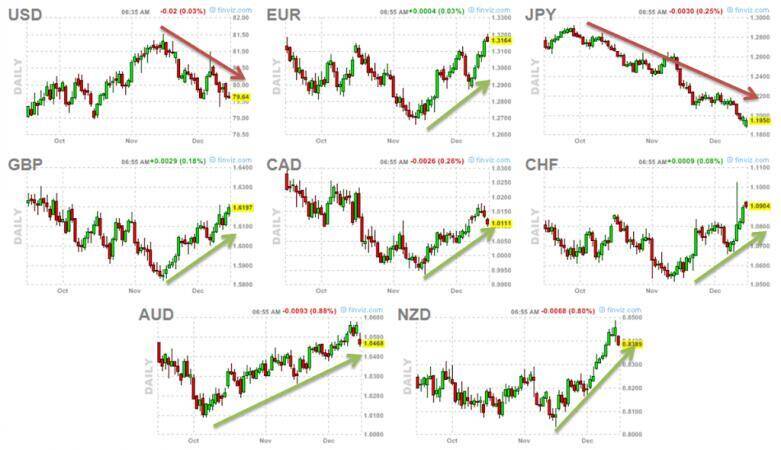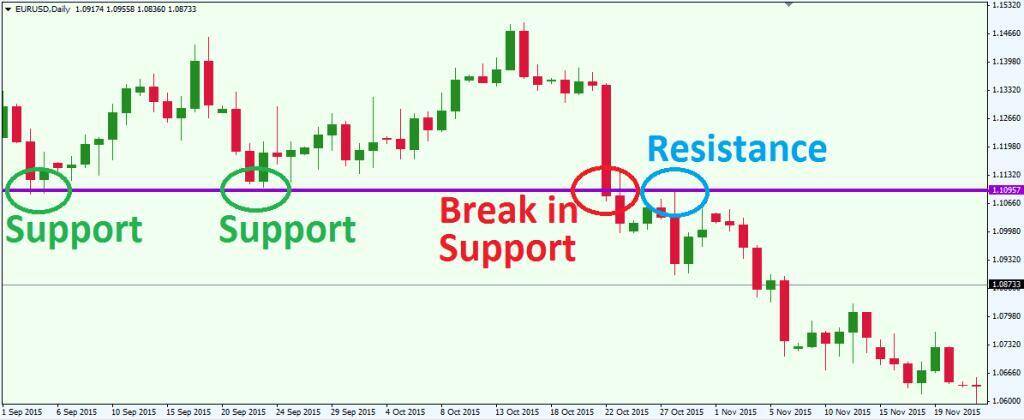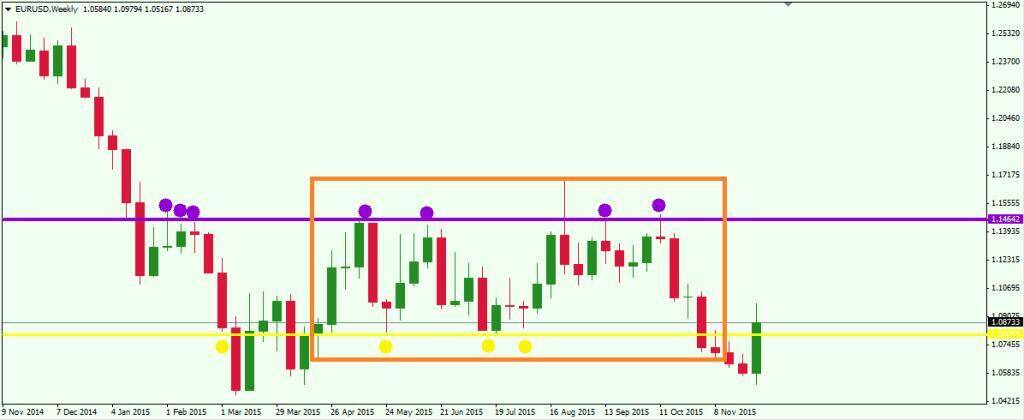

One extremely crucial factor in trading Forex is the Support and Resistance levels. Your knowledge of this topic will determine the outcome of your trades. It is an essential trading skill as knowing how to determine support and resistance levels equal to profitable trades.
This article will tell you what resistance and support levels are, how to determine them, and how to trade with them.
Support and Resistance
Support and Resistance levels are specific zones or points in the trading chart that determine price “barriers.” These are the points that, when reached, will likely lead the price to move in the opposite direction; however, that is not always the case. There are instances where these levels are broken as the price rapidly rises or falls. Support and Resistance levels are due to the psychology of the market players who trade in different conditions.
The difference between support and resistance
Support is a level below the current price, likened to the “floor,” while resistance is a level above the current price, compared to the “ceiling.” These are considered by traders as tested price barriers, where prices commonly move in the opposite direction after reaching these levels. Traders base their buy and sell options with these levels.
Moreover, when the price goes over resistance, or it goes below support, this is called a breakout. Once the price breaks a strength, that resistance becomes the new support, and vice versa.

Photo taken from forextraininggroup.com
In the image above, the green circles indicate the historical support levels of the price of EUR/USD in the given time frame. The red circle shows the breakout of the support as the price continuously falls from the previous trend. The blue circle indicates the old help turning into the current resistance.
Determining support and resistance levels
It is reasonably easy to determine the support and resistance levels on a trading chart. Each top on the chart is a “potential” resistance, and each bottom is a “potential” support. However, they remain to be called “potential” unless the price conforms to that level once more; that is when they become “actual” support and resistance levels.
Support and resistance levels are determined by assessing which price tops and bottoms always reach levels before moving in the opposite direction. This point of moving in the opposite direction is considered as the last point. When the price conforms to this level once more, this is when it becomes either the resistance or the support. Once resistance and support levels are determined, traders expect the price to fall and to rise from these levels, respectively.
Traders base their trades on the resistance and the support levels. The more consistent and tested a strength or a support level is, the more they rely on it.

Photo taken from forextraininggroup.com
On the image above, the purple line shows a strong resistance level while the yellow line shows the weaker support level. Both levels are tested, but the picture shows seven purple dots, showing the strength of the resistance in comparison to the four yellow dots showing the weakness of the support. The orange rectangle indicates the area of consolidation between the two levels, the price bouncing back and forth as it seeks a breakout from the range.
Setting entry/exit points at support and resistance
Traders base their buy and sell on the support and resistance levels. This is because no matter what trading tools or strategies you use, resistance, and support levels remain one of the most crucial factors in Forex trading. And so, it is vital to understand its nature.
1) Entry points
When you find a tested and reliable support level, you can set an entry point in the market once the price reaches this support level. It’s essential that the price must get in contact with the support level first.
You can go long if the price rises from the support level then set a stop-loss limit below it, in case a breakout happens and the price falls instead. This way, you can minimize your losses if the market does not go the way you expected it.
Setting an entry point on resistance is the same way as with support, although in the opposite direction.
2) Exit points
When the chart approaches an old and tested resistance, you can set an exit point to secure the profit you already gained. Place the exit point right below the resistance to avoid possible losses.
If a breakout happens and the price continues on a bullish trend, then you can reopen your position. However, if the price drops, you can rely on the stop loss limit that you set.
The same process applies to set an exit point on support but in the opposite direction.
Trading support and resistance
The basic rules to trading support and resistance are:
- Buy as the price reaches support. Sell as the price reaches resistance.
- Buy as the price breaks resistance. Sell as the price breaks support.
You can also trade support and resistance by merely going with the market flow after it shows bias towards a specific level, either support or resistance. This is the easiest way to make use of support and resistance levels in forex trading.
Some price action forex traders opt to trade support and resistance with the help of other trading tools. These trading tools can help you avoid false signals in support and resistance trading, therefore giving you a clearer perspective of which and how to trade.
This article discusses the primary representation of trading support and resistance; however, in reality, it could be a little more complicated. You can use other trading tools to help you, but a thorough understanding of support and resistance is still crucial to profitable Forex trading.
